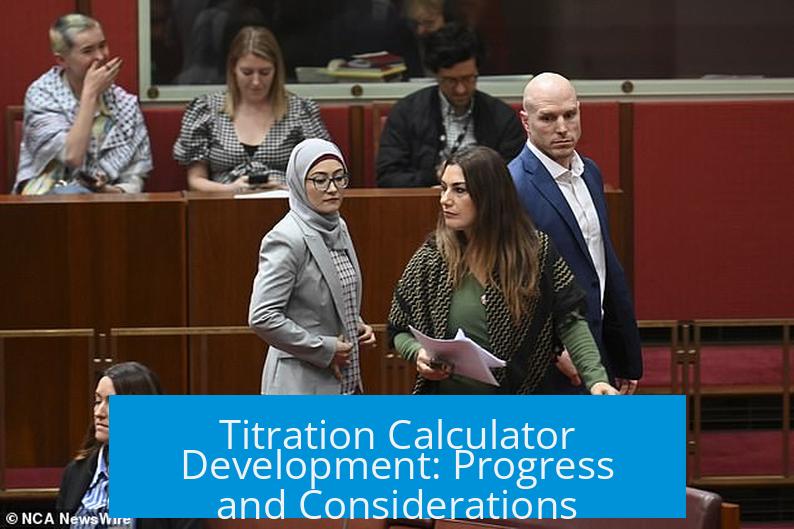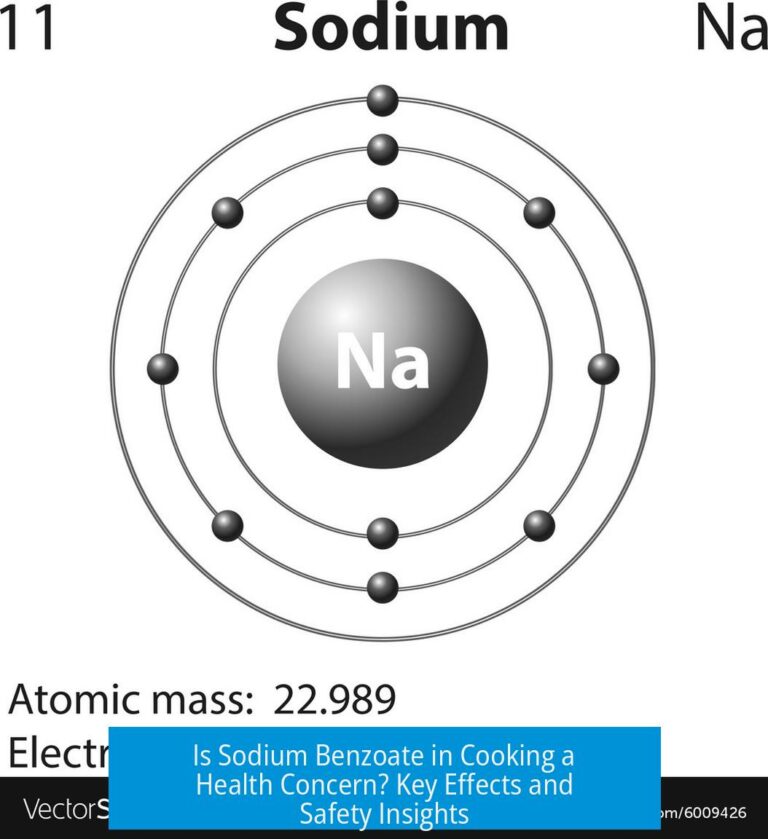Titration Calculator Development: Progress and Considerations

Working on a titration calculator this semester involves implementing core logic that calculates pH changes during titration accurately. The fundamental approach is straightforward, allowing a reliable baseline before tackling complex scenarios like multi-protic acids.
Core Functionality and Feedback
The main structure for titration calculation often requires less than 20 lines of code, focusing on the neutralization reaction and pH curve modeling. Feedback largely highlights the simplicity and clarity of this foundational design. Users appreciate the functional flow, describing it as “awesome” and “cool,” showing confidence in the basic logic.
Technical Challenges: Modeling Polyprotic Acids

Advanced challenges arise with di- and triprotic acids. These substances undergo multiple proton dissociations, complicating pH calculations along the titration curve. Accurately modeling this requires solving systems of equations, which can complicate coding and computation.
One practical solution is to introduce simplifying assumptions for these acids, which balances computational efficiency and accuracy. This approach avoids overly complex algorithms while preserving useful output.
Suggestions for Enhancement
- Include units in input prompts to clarify expected values and prevent confusion between volumes, concentrations, or masses.
- Explore advanced resources like curtipot, an Excel-based titration simulator offering detailed pH calculations and complex titration modeling.
- Correct typographical errors such as “leiters” to “liters” to maintain professionalism and prevent misinterpretation.
Programming Language and Implementation
Choosing a programming language depends on familiarity and target platform. Python commonly suits scientific calculations due to extensive libraries. Kotlin could be selected for integration with Android apps.
Key Takeaways
- Titration calculators effectively model pH changes during acid-base reactions with straightforward implementations.
- Multi-protic acids increase calculation complexity, possibly requiring system equation solvers or approximations.
- Adding units and correcting typos improves user experience and accuracy.
- Exploring specialized tools like curtipot can inspire or complement development.
- Programming language choice affects development approach and platform compatibility.
What makes modeling di- and triprotic acids difficult in a titration calculator?
It requires solving systems of equations to plot the pH curve. These acids release multiple protons, which adds complexity beyond simple monoprotic acid titrations.
How can simplifying assumptions help in titration calculator development?
They reduce the complexity of calculations, especially for multi-protic acids. Using approximations can still yield accurate enough results for practical purposes.
Why should units be added to input prompts in a titration calculator?
Units clarify what measurement is expected, reducing user input errors. For example, specifying “mL” or “M” helps avoid confusion during data entry.
What programming languages are suitable for developing a titration calculator?
Both Kotlin and Python are good options. Python is popular for scientific computing, while Kotlin can be used for Android apps or general software development.
Are there advanced resources recommended for improving titration calculations?
Yes, specialized files like ‘curtipot’ offer detailed pH calculations and simulation features. Studying such resources can enhance your calculator’s accuracy and functionality.





Leave a Comment